Here are the most harmful ingredients to avoid lurking in your own common skincare, hair, nails, and beauty products. Check your labels now to find out.
Are you aware of which skincare ingredients to avoid due to their toxicity?
Remember, that just because everyone uses certain cosmetics doesn’t mean you’re always on the safe side.
If you would take a few minutes to read the labels, you won't probably toss those products into your shopping cart ever again.
But who actually has the time to investigate what goes down with your favorite lotion or face cream?
Yet even if you do have the time to spare, you probably won’t understand what these ingredients can actually do to you.
SPOILER ALERT: They can pose threats to your health.
To save you time, I’ve made a list of worst toxic ingredients that could be hiding in your cosmetics and skincare products.
25 Toxic Skincare Ingredients To Avoid In Your Own Cosmetics
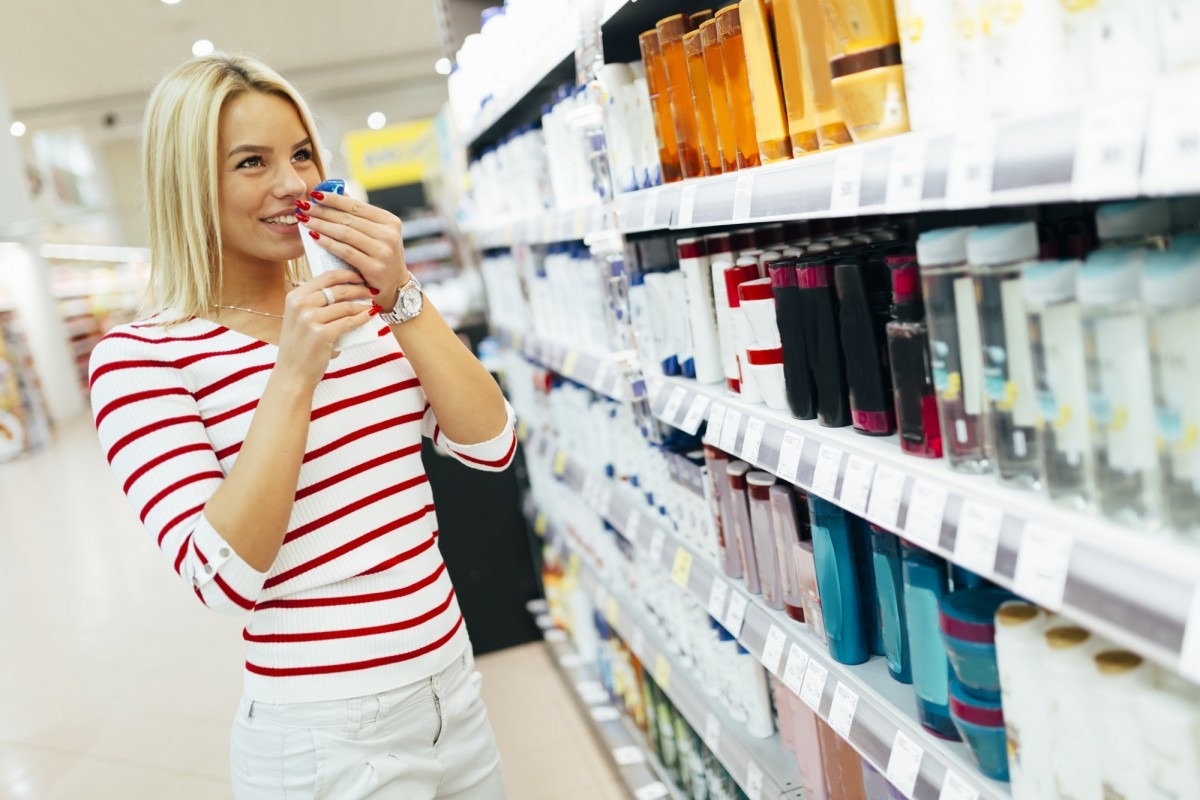
We’ve gone a long way since Cleopatra’s deadly lead-based kohl eyeliner. Yet you won’t believe how some toxic chemicals still managed to sneak into our modern cosmetics and skincare products.
This is why I advise that you read this list so you’ll be aware of how such ingredients are being camouflaged and what they can do to your health.
1. Formaldehyde
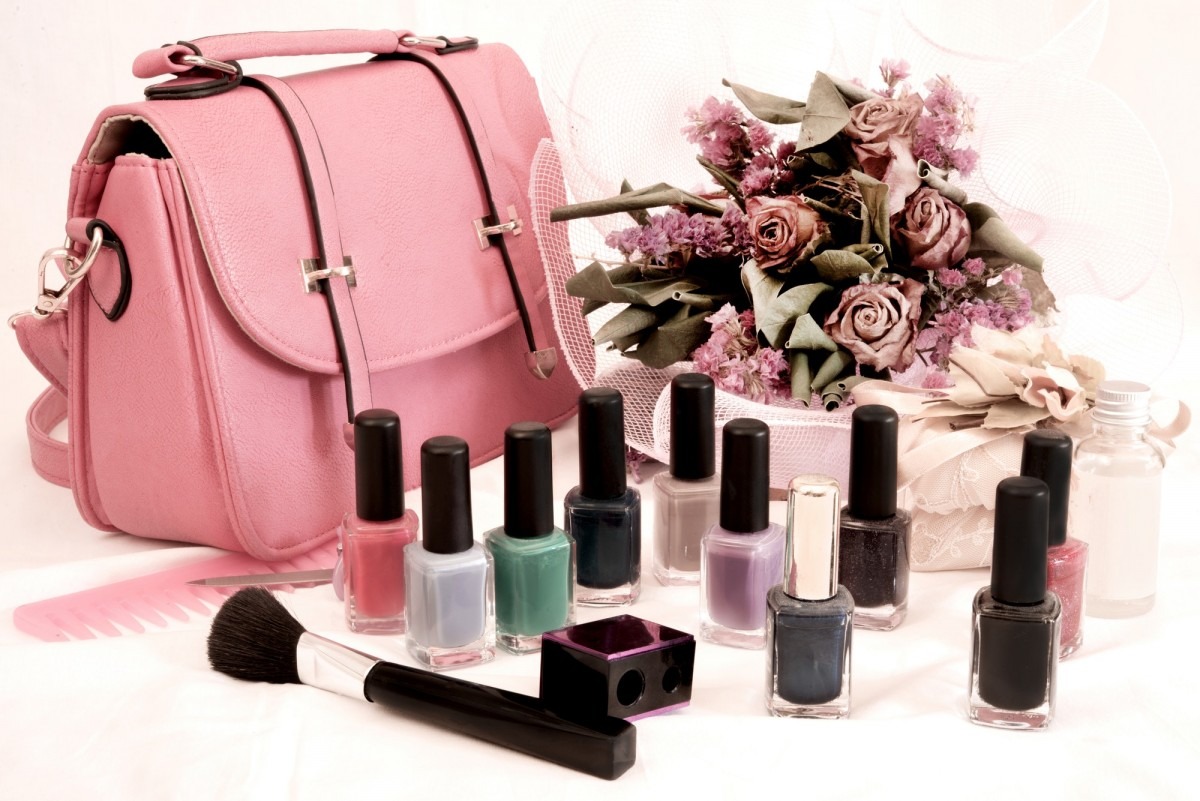
Common Names:
2-bromo-2nitropropane-1,3 diol; Diazolidinyl urea; DMDM Hydantoin; imidazolinidyl urea; quarternium -15; Cormalin, Formic Aldehyde, Sodium Hydroxymethyl Glycinate, Methenamine, Bronopol
Why It Should Be Avoided:
It is carcinogenic--a verdict that comes from none other than the American Cancer Society and World Cancer Research Fund International.
Short-term exposure to formaldehyde can immediately cause irritation on your skin and airways.
In fact, you can instantly experience nausea and burning eyes just by being around a carrier product.
As an allergen, this ingredient can also put you at risk of acquiring immune system toxicity and even liver dysfunction.
Commonly Found In:
Nail polishes and solvents, shampoos, hair care products, and dyes, antiperspirant, cosmetics, bubble bath, liquid soap for babies, and bath lotions.
Formaldehyde is often added to hair products to promote straightening.
It is also included in nail lacquers and topcoats to help in strengthening the nails.
As for the other products, formaldehyde serves as a preservative that prevents the growth of bacteria in water-based formulations.
2. Phthalate

Common Names:
Phthalate, DBP, DEHP, DMP, DEP. It also comes in variations of dibutyl/diethyl ester or 1,2-benzenedicaboxylate.
Why It Should Be Avoided:
It is an endocrine hormone disruptor.
The symptoms may not manifest in you. However, the growing infant in your womb might suffer from them if you have been exposed to phthalate for so long.
It is a developmental toxicant that causes early onset of puberty in boys. Worse, they may even appear as birth defects.
Phthalate has also been linked to a wide array of diseases such as diabetes, Polycystic Ovarian Syndrome, ADHD in children, and infertility in grown-up males.
Additionally, it is a possible carcinogenic, which triggers the growth of cancer cells.
Commonly Found In:
Aerosol hair products, gels, deodorant, lipstick, lotion, nail enamel, perfume, and eyelash glue.
Depending on the product composition and purpose, phthalates are used as solvents, fixatives, plasticizers, or adhesives.
3. 1,4-Dioxane
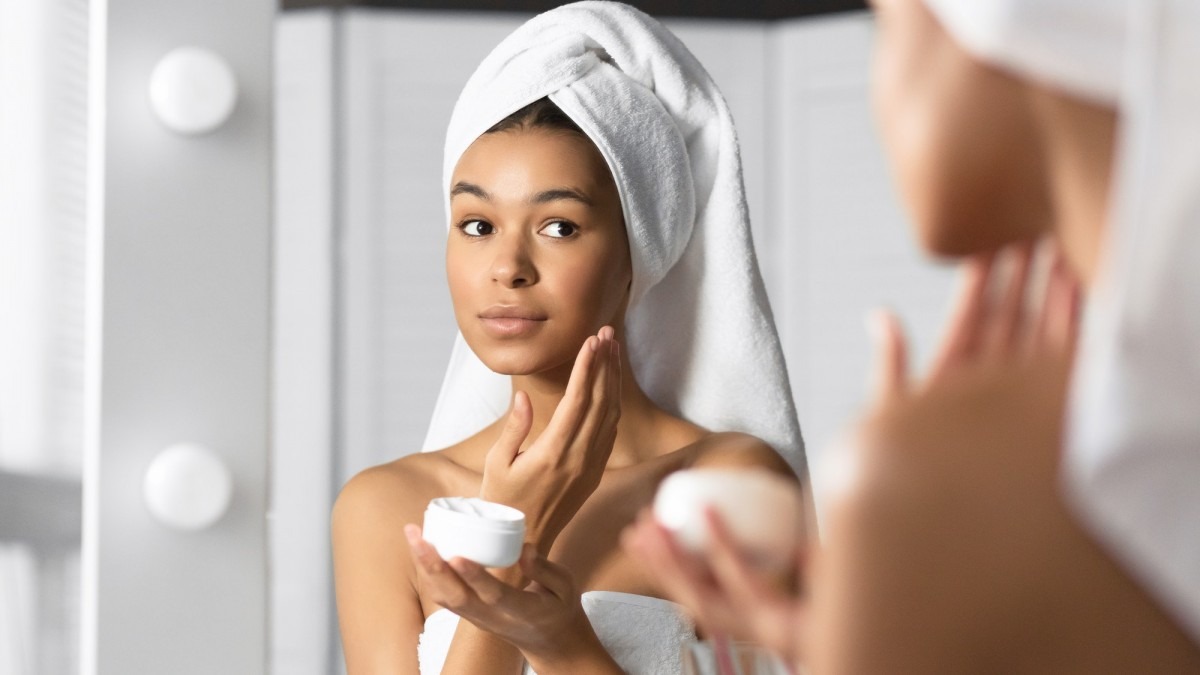
Common Names:
Polyethylene, polyethylene glycol (PEG), polyoxythethylene, “ethoxylated”, sodium laureate sulfate, polysorbate, -eth—or oxynol-, oleths
Why It Should Be Avoided:
It is a potent carcinogen that was first discovered in animals and is now being suspected to cause cancer in humans.
While there’s limited research on its effects on humans, lab tests revealed that guinea pigs suffered from organ dysfunction and cancer.
Commonly Found In:
Baby bath and body products, hair treatments, sunless tanners, body and face moisturizers, and face creams.
It has also been found in a number of age-defying products such as anti-wrinkle creams and lifting serums.
Basically, you won’t be able to spot 1,4 dioxane because it’s a contaminant and not an actual “ingredient”.
It is produced by the mixture of compounds from primary ingredients.
4. Diethanolamine (DEA), Triethanolamine (TEA), Monoethanolamine (MEA)/Ethanolamine (ETA)

Common Names:
Triethanolamine, TEA lauryl sulfate, cocamide DEA, Cocamide MEA, DEA-CETYL, phosphate, DEA oleth-3 phosphate, lauramide DEA, lin oleamide MEA, myristamide, DEA, Oleamide DEA, steramide MEA
Why It Should Be Avoided:
These are toxicants that react with nitrous to create a more dangerous form of a carcinogen called nitrosamines.
Meaning, if your beauty product also lists nitrous aside from DEA, TEA, MEA, and TEA, you're likely to develop cancer with prolonged exposure.
Lab tests on pregnant mice also suggest that these toxicants can pass on birth defects to your child.
Commonly Found In:
DEA, TEA, MEA, and ETA are used to create a foamy, sudsy or creamy texture in beauty products. They serve as emulsifiers and foaming agents in facial cleansers, lotions, sunscreens, moisturizers, shampoos, body wash, and hair dyes.
5. Lead
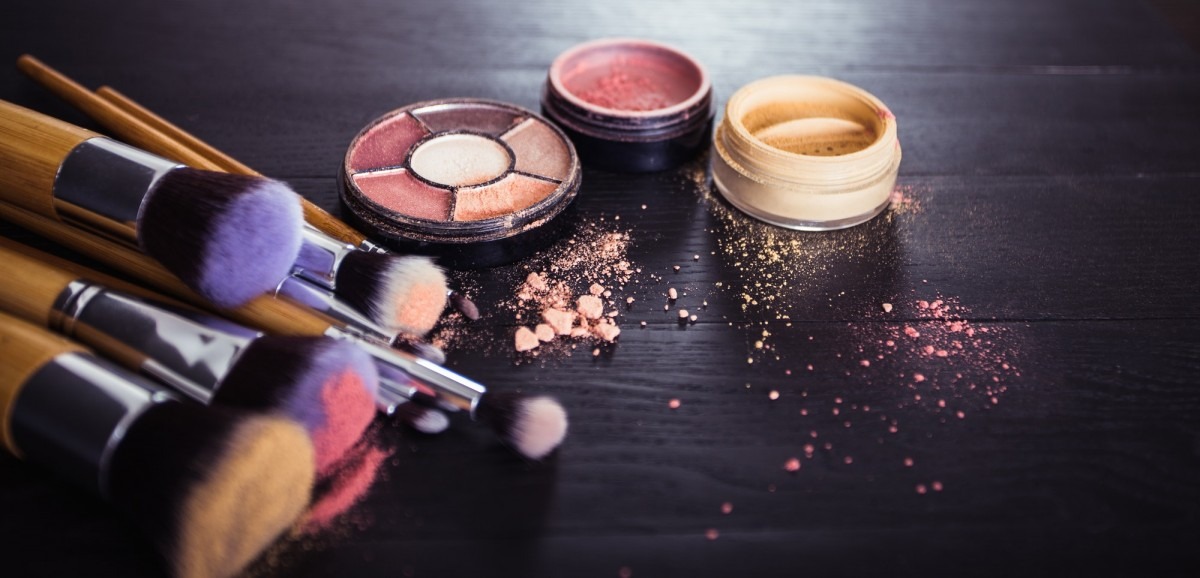
Common Names:
This contaminant comes in a variety of fancy chemistry terms such as thimerosal to camouflage its presence in most cosmetics.
There are trigger words that would usually identify a product as containing lead. Among them are kohl, kajal, Al-kahal, surma, tiro, tozali, and kwalli.
Why It Should Be Avoided:
Lead is one of the oldest cosmetic contaminants known to man.
It is a potent neurotoxin that messes with your brain functioning as well as your baby (if you’re pregnant).
Lead also has direct effects on the nervous system and hormones that may lead to birth complications, behavioral problems, and even organ failures.
As a carcinogen, lead can also result in cancerous cell growth.
Commonly Found In:
Apparently, you won’t detect lead easily because it’s not an ingredient but rather a contaminant.
Still, it has traces of presence in lipsticks, powder makeup, lotions, and shampoos.
6. Arsenic

Common Names:
Arsenopyrite, realgar, orpiment, and enargite.
Why It Should Be Avoided:
Arsenic earned a bad reputation for ruining your health instead of helping you achieve beauty.
Immediate reactions to this heavy metal include nausea, vomiting, abdominal pain, and dizziness.
These can also manifest as symptoms of toxic poisoning.
You might suffer from diarrhea, blood vomiting, urinating with blood, and convulsions.
Prolonged exposure to this toxicant can lead to kidney, liver and lung failures.
Commonly Found In:
Same as lead and other heavy metals, arsenic has trace amounts in powder makeup and lipsticks, as well as skin lightening products and shampoos.
7. Coal Tar
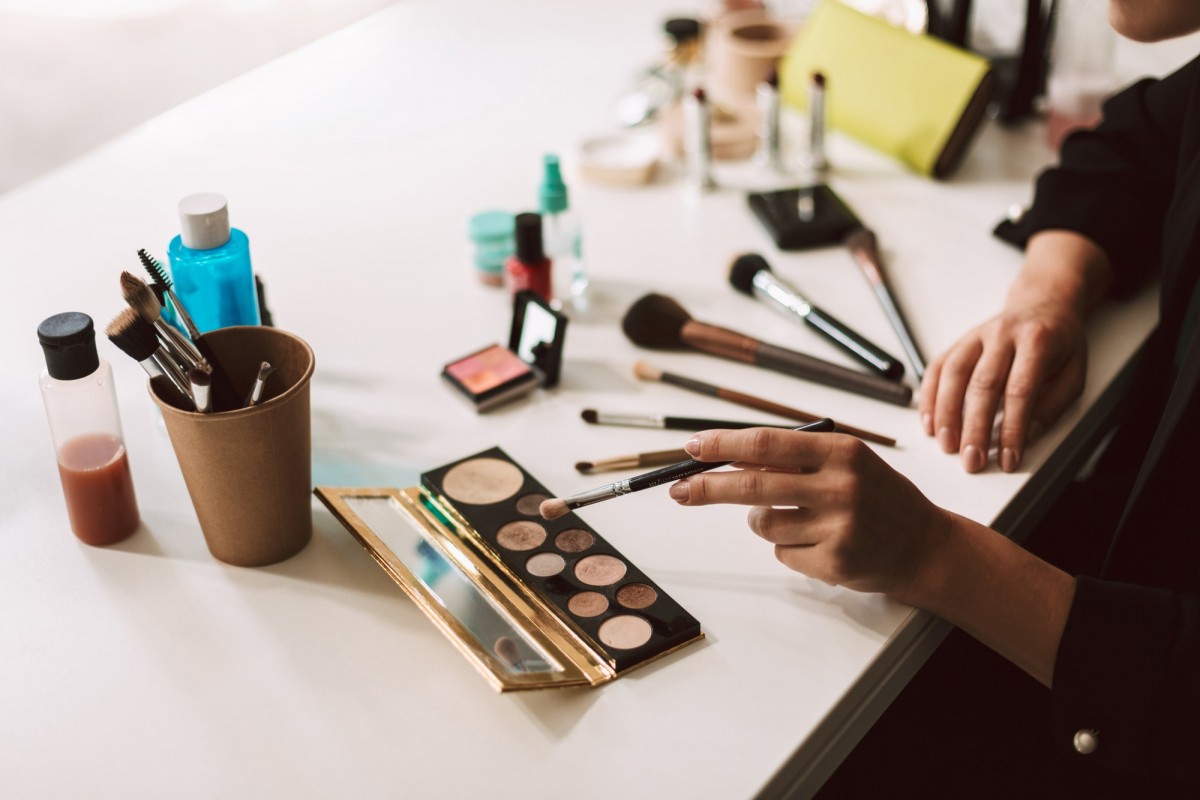
Common Names:
Coal tar solution, liquor carbonis detergens (LCD). It may also come in brand names such as Denorex, Bainetar, and Psoriasin among many others.
Why It Should Be Avoided:
Coal tar, as a toxic ingredient, is a by-product of petroleum.
It is potentially carcinogenic in concentrated amounts and can adversely affect your brain.
While you can be cured of skin diseases using coal tar products, they can still have harmful effects on your health.
Commonly Found In:
Dandruff treatments, psoriasis shampoo, anti-itch creams, makeup, and oral hygiene products.
8. Chemical Sunscreen

Common Names:
Padimate-O, PABA, octinoxate, benzophenone, oxybenzone, octyl-methoxycinnamate, homosalate.
Unless the product states that it has SPF yet doesn’t contain minerals or a physical blocker, it most probably is a chemical sunscreen.
Why It Should Be Avoided:
Chemical sunscreens are less effective in protecting skin from UV rays, which can make you even more vulnerable to premature aging.
PABA-O is believed to be a carcinogen.
Meanwhile, oxybenzone gets absorbed by the skin, which in turn results in cellular damage, birth complications, and hormone disruption.
On the other hand, homosalate, and oxybenzone, octyl-methoxycinnamate are usually linked to endocrine dysfunction.
Commonly Found In:
Obviously, they come as they are or in the form of creams, SPF-labelled makeup and lip balms.
9. Fragrance

Common Names:
Scent, Perfume, Fragrance Oils
Why It Should Be Avoided:
It often hides trace amounts of phthalates, which are known to disrupt hormonal processes.
These neurotoxins lurk in your scented beauty products that you unknowingly use in excess.
Immediate adverse reactions to toxic fragrances include skin and nasal irritation.
Commonly Found In:
It is a common enhancer used in almost all cosmetics and skincare products for masking strong chemical smells.
Fragrance compounds basically aim to make the application much easier.
10. Diethylene Glycol (DEG), Propylene Glycol (PG), Ethylene Glycol (EG), Polyethylene Glycol (PEG)
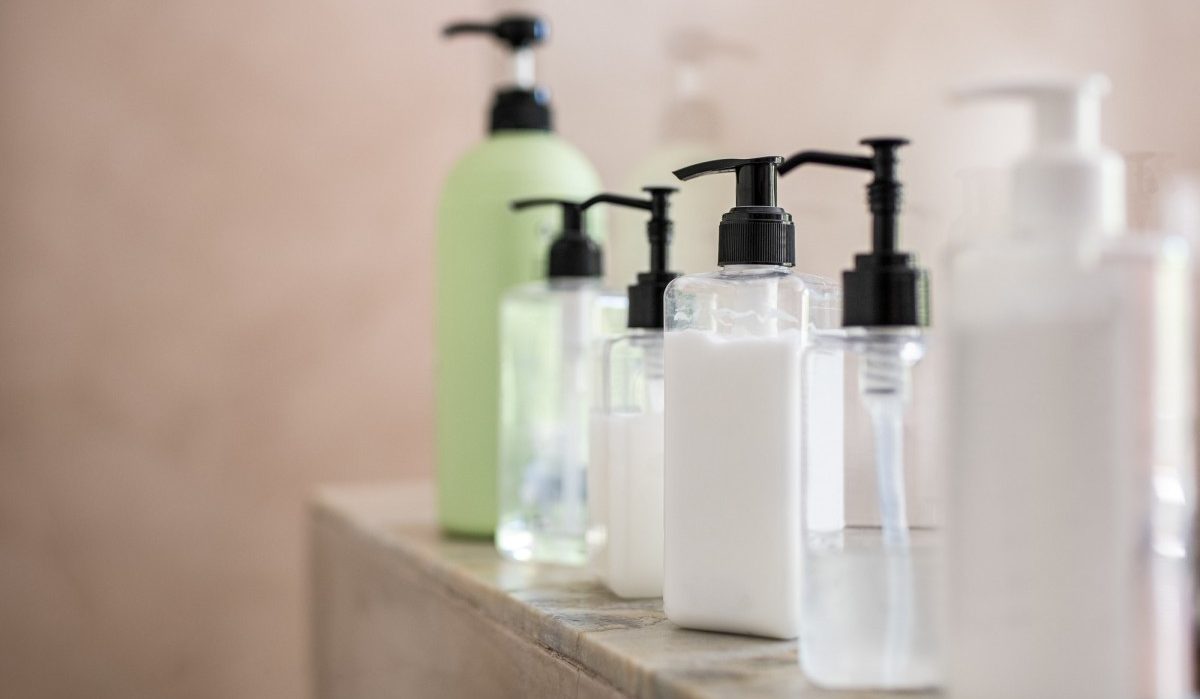
Common Names:
Explicitly identified names as above, 1-2 propanediol, variations on 1,2-dihydroxypropane and variations on methyl ethylene glycol.
Why It Should Be Avoided:
As petroleum by-products, DEG, PG, EG, and PEG are all vulnerable to contamination by carcinogens and a few strings of heavy metal.
The adverse effects can also double when they are applied on damaged skin.
Aside from triggering cancer growth, glycol has also been linked to neurotoxicity, mental disorders, infertility, and hormone disruption.
Commonly Found In:
They are usually detected in fragrance and most liquid-based bath products, as well as cosmetics, soaps, and lotions.
11. Mercury

Common Names:
According to WHO, mercury comes in two forms: organic and inorganic.
Organic ones are often labeled as thiomersal, ethyl mercury, or phenylmercuric salts.
Meanwhile, inorganic ones are commonly identified as ammoniated mercury.
Why It Should Be Avoided:
WHO warns us about kidney damage caused by exposure to mercury.
Immediate adverse effects can manifest as discoloration of skin, rashes, and scarring, as well as bacterial and fungal infections.
It can even cause mental instability and peripheral neuropathy.
There’s also a reported case wherein a Chinese woman, who excessively used mercury-rich skin lightening cream, had been diagnosed with nephrotic syndrome (high levels of protein in urine).
Commonly Found In:
Skin lightening soaps and creams often contain inorganic mercury.
On the other hand, organic mercury can be found in makeup removers and mascara as cosmetic preservatives that lengthen their shelf life.
12. Mineral Oil

Common Names:
White oil, liquid paraffin, paraffinum liquidum (Latin). It is also often referred to as “baby oil”.
Why It Should Be Avoided:
Don’t let the “baby” in this oil fool you—it’s still a petroleum-based product that can be harmful in large amounts.
There’s a possible carcinogenic effect in using mineral oil, which itself is a mixture of hydrocarbons.
While the risk of cancer is very low, mineral oil has otherwise been linked to allergies and immune system disruption.
Commonly Found In:
Baby oil, moisturizers, and skin treatments.
13. Parabens
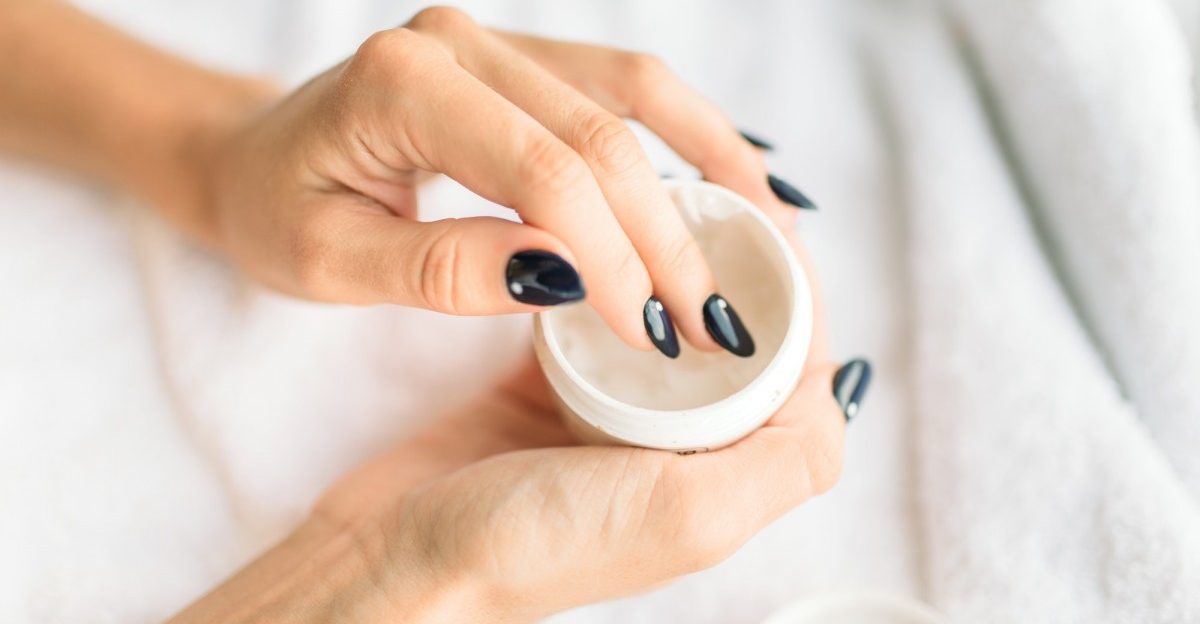
Common Names:
Methyl/ethyl/butyl/isobutyl/Propylparaben, hydroxybenzoic acid, hydroxybenzoate or ester.
Why It Should Be Avoided:
They are known as endocrine disruptors that can adversely affect the development of the reproductive system in male infants.
While paraben may prolong a product’s shelf life, it can possibly end up yours. This is through its considerable carcinogenic content that can cause breast cancer.
Parabens may also trigger skin allergy and irritation when the products being used contain high concentrations of these preservatives.
Commonly Found In:
Cosmetics and skincare products.
They comprise up to 95% of beauty products since parabens are typically used as preservatives.
14. Phenoxyethanol

Common Names:
Phenoxyethanol, 2-phenoxy, ethanol, 2-hydroxyethyl phenyl ether
Why It Should Be Avoided:
It highly irritates the eyes, skin, and lungs with prolonged and excessive exposure.
More adverse effects on health may include organ system toxicity, which can cause developmental and reproductive defects in fetuses.
Its toxicity and hazard potential are evident in the restrictions imposed by Japan and Europe on its use.
Commonly Found In:
As a preservative, Phenoxyethanol can be found in cosmetics, facial treatments, lotions, and fragrances.
15. Nanoparticles

Common Names:
Liposomes, nanoemulsions, dendrimers, nanocrystals, nanogold, nanosilver and other mineral compounds in their ultra-fine amounts.
Why It Should Be Avoided:
Their smallness meant that they can penetrate deep into the layers of your skin and into the cellular level and bloodstream.
When inhaled, it can cause pulmonary injury and inflammation.
These ultra-fine particles may also trigger toxicity of organs with prolonged exposure.
Commonly Found In:
Sunscreens, cosmetics, acne treatments, anti-aging creams, powder blush
16. Petroleum Distillates/Solvents

Common Names:
Petroleum distillate, Stoddard solvent, light liquid paraffin
Why It Should Be Avoided:
According to an EPA report, inhalation of volatile distillates and solvents can eventually lead to chemical pneumonia, pulmonary injury and even death.
Commonly Found In:
Mascara, eyeliners, makeup, nail polish remover and several skincare products
17. P-Phenylenediamine
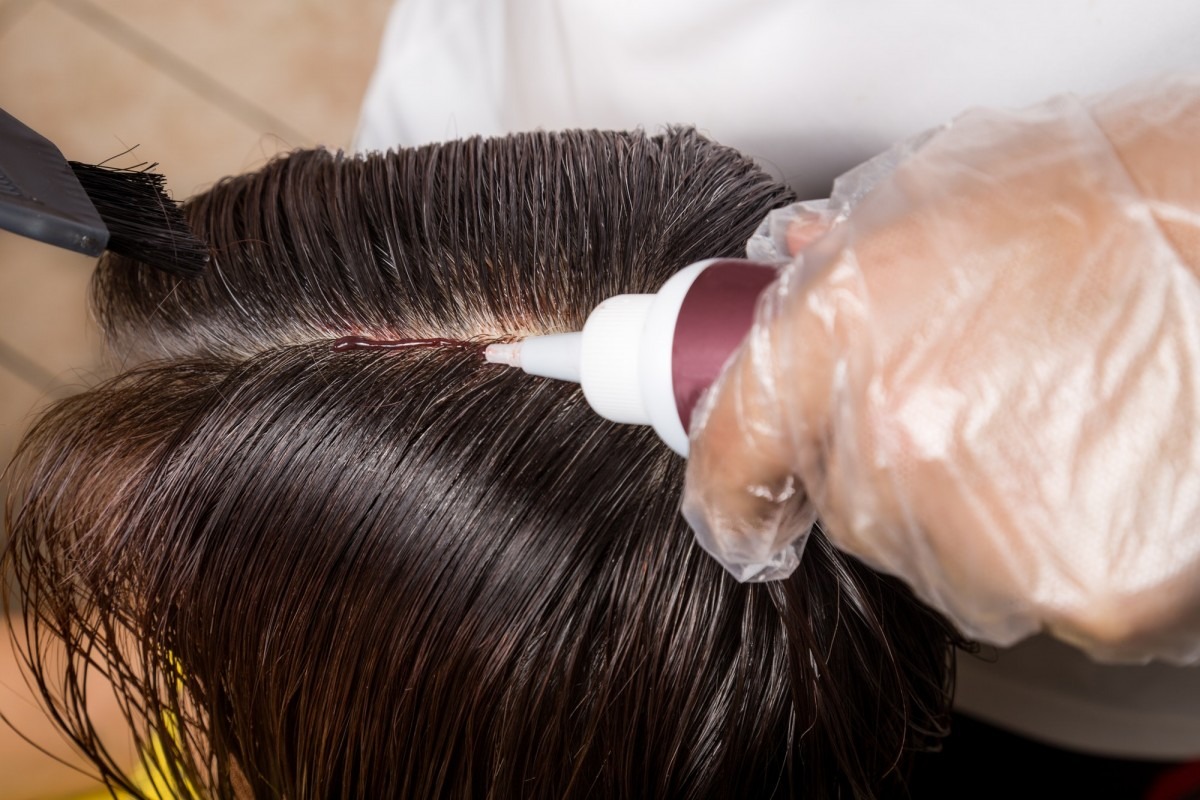
Common Names:
1,4-Benzenediamine, p-Phenylenediamine, 4-Phenylenediamine
Why It Should Be Avoided:
It has been associated with cancer of the bladder.
This compound is also identified as a possible neurotoxin. Constant exposure to this substance can cause allergies, bronchial injuries, and damage to the nervous system.
Commonly Found In:
Hair treatment products such as dyes, bleaching agents, henna, and color-depositing shampoos
18. Retinyl Palmitate

Common Names:
Retinyl palmitate, axerophthol palmitate, hexadecanoate retinol, retinol palmitate, retinoil, hexadecanoate, vitamin A palmitate
Why It Should Be Avoided:
FDA itself has categorized retinyl palmitate as a known human reproductive toxicant.
It has also been found to influence biochemical changes in the cellular level (DNA), interfering with cell mutation and leading to cell death.
Worse, it may cause cardiovascular disease.
While there's a low probability of developing cancer, there’s still evidence that it can expose you to carcinogens.
Commonly Found In:
Cosmetics, skin care products, self-tanners, sunscreens, and moisturizing creams
19. Siloxanes

Common Names:
Cyclomethicone and ingredients containing the word “siloxane”.
They can also be listed as silicones, although such is rare in cosmetics.
Why It Should Be Avoided:
Being toxicants, siloxanes can disrupt endocrine processes which often results in reproductive issues.
They are also associated with the development of uterine tumors, immune system vulnerability, and damages to the nervous system.
Commonly Found In:
Shampoos, facial cleansers and creams, antiperspirant and moisturizing lotions
20. Sodium Laureth Sulfates (SLES) and Sodium Lauryl Sulfate (SLS)

Common Names:
Sodium Lauryl/laureth sulfate, sodium salt sulphuric acid, sodium dodecyl sulfate, mono dodecyl ester, and other derivatives such as sodium sulfate or sodium salt, PEG lauryl sulfate, and similar names.
Why It Should Be Avoided:
These sulfates may seem effective as surfactants and are non-volatile, but they can cause eye irritation, allergic skin reactions, and even cancer.
Similarly, SLES and SLS can also cause baldness (surprise!) and endocrine disruption with consistent use of carrier products.
Commonly Found In:
Shampoo, bath liquids, toothpaste, foaming cleansers, mascara, conditioner, baby wash, chemical exfoliants
21. Asbestos
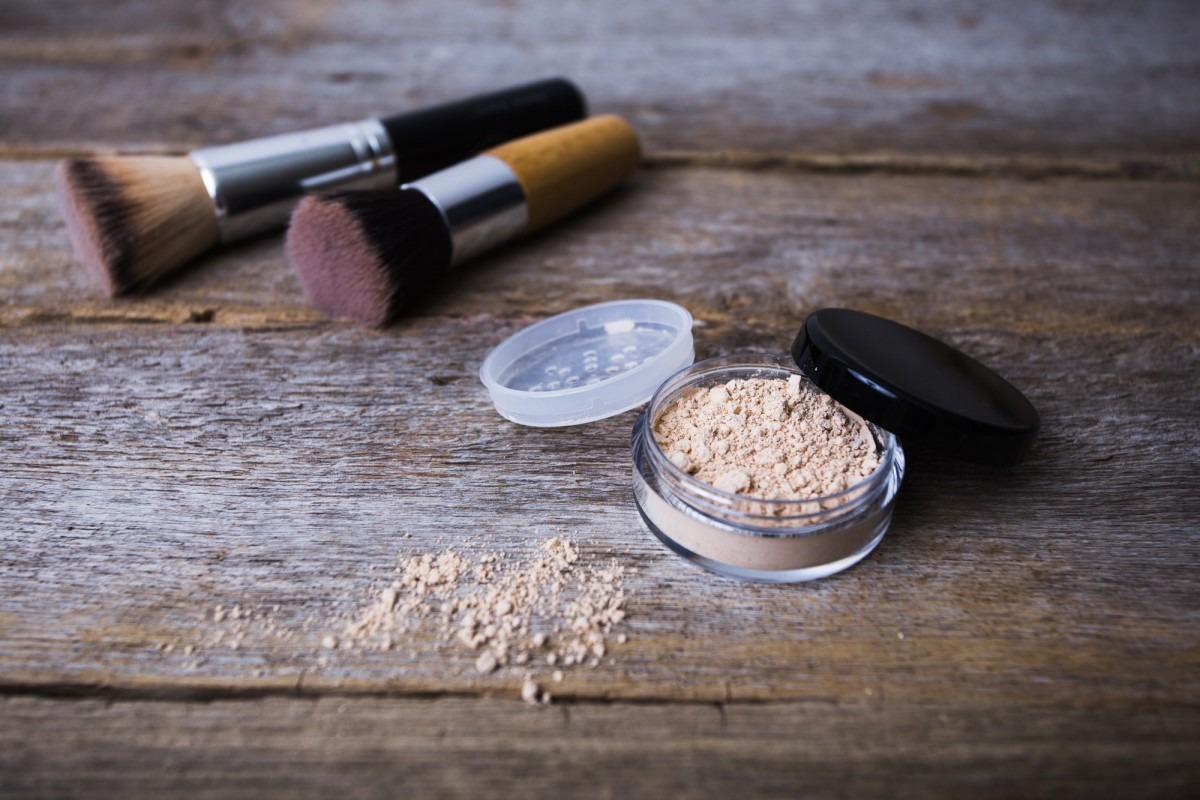
Common Names:
Talc, talcum powder, blue asbestos, crocidolite
Why It Should Be Avoided:
Basically known as a lung irritant and a carcinogen, asbestos is a talc contaminant that can be dangerous when inhaled.
Commonly Found In:
It is easy to spot in most foundations and loose powder formulations. Asbestos can be found in talc products that aim to absorb moisture and create a matte facial texture.
22. Toluene
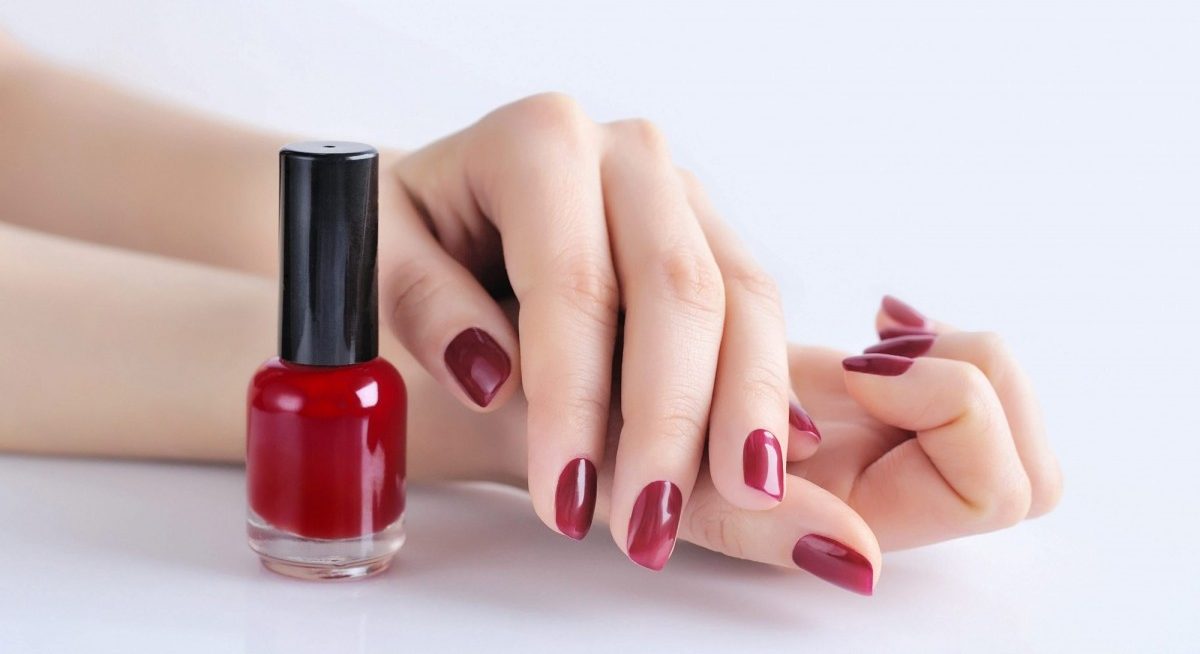
Common Names:
Toluene, toluol, fragrance, phenylmethane, methylbenzene toluene, fragrance, phenylmethane, methylbenzene
Why It Should Be Avoided:
Toulene is a volatile solvent commonly used in the manufacture of nail polish and nail treatments as well as hair dyes.
It is a known brain toxicant that can seriously affect the development of the fetus and can harm your nervous system with constant exposure.
Commonly Found In:
Nail lacquers and nail strengthening polish
23. Triclosan

Common Names:
5-chloro-2-(2,4-dichlorophenoxy)phenol
Why It Should Be Avoided:
Triclosan can negatively affect your brain and nervous system as a whole.
It can interfere with your thyroid and reproductive hormone metabolisms, which may lead to fertility issues.
In one lab test, mice have been found to develop liver cancer when exposed to triclosan for a long time.
Children are also at risk of experiencing allergic reactions from this compound and may also result in contact dermatitis, asthma, and eczema in adults.
Commonly Found In:
Triclosan is used as an antimicrobial agent in deodorants, oral hygiene products, hand sanitizers, and shaving creams.
24. Hydroquinone
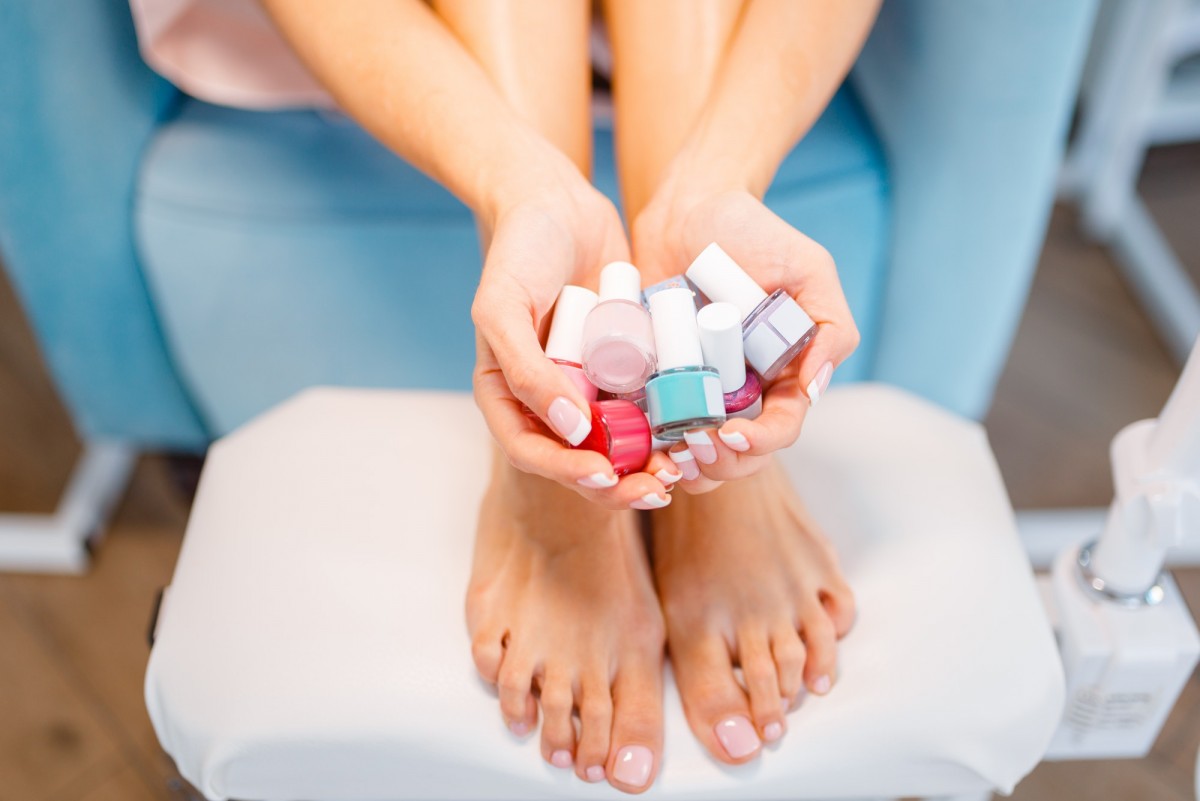
Common Names:
Hydroquinone, dihydroxybenzene or 1,4-benzene or hydroxyphenyl
Why It Should Be Avoided:
If you're using chemical exfoliants, you might be surprised to know that they contain hydroquinone.
You’ll notice mild to severe allergic reactions to this compound that escalate into burning or stinging sensation later on.
Some findings also link this compound to cancer growth in lab tests performed on animals.
Commonly Found In:
Skin lightening products (also bleaching), anti-acne treatments, sunscreens, nail treatments, and anti-aging products.
25. Aluminum Salts

Common Names:
Aluminum chloride, aluminum chlorohydrate, aluminum hydroxybromide, and aluminum zirconium
Why It Should Be Avoided:
Aluminum is a neurotoxin that stays in your fat cells.
A possible connection with Alzheimer’s and breast cancer is still being debated, though there are some reported cases that prove the influence of aluminum salts.
Despite being able to control sweat and odor, aluminum antiperspirants can hasten oxidative skin damage that causes dry, prickly armpits.
Commonly Found In:
Antiperspirants
How To Check Ingredients In Cosmetics For Safety

In my continuous search for all-natural substitutes to popular beauty products, I came across this website that helps identify the safety index of your cosmetics.
Meaning, you can look up a product or a suspicious ingredient in its search box and it will produce a database of related info regarding its toxicity level and possible health concerns.
It ranks the product or ingredient through a hierarchy of possible hazards: low, moderate, or high.
I find this very useful whenever my obsessive-compulsiveness kicks in and I need to know right away which ingredients I should be wary of.
It also gives me an idea of how some popular beauty products are performing when it comes to consumer safety.
Similarly, it offers naturally-made cosmetics a better chance among health-conscious women
{READ THIS: 25 Easy DIY Spa Recipes That Will Make You Look 10 Years Younger}
Check out the video below explaining how much these toxins in beauty products affect us and how they are still sold to consumers despite having toxins in them.
Fatal Attraction Cosmetics & Chemicals
Summary
Here is the list of 25 Toxic Skincare Ingredients To Avoid In Your Own Cosmetics again to help you remember what you learned today:
- Formaldehyde
- Phthalate
- 1,4-Dioxane
- Diethanolamine (DEA), Triethanolamine (TEA), Monoethanolamine (MEA)/Ethanolamine (ETA)
- Lead
- Arsenic
- Coal Tar
- Chemical Sunscreen
- Fragrance
- Diethylene Glycol (DEG), Propylene Glycol (PG), Ethylene Glycol (EG), Polyethylene Glycol (PEG)
- Mercury
- Mineral Oil
- Parabens
- Phenoxyethanol
- Nanoparticles
- Petroleum Distillates/Solvents
- P-Phenylenediamine
- Retinyl Palmitate
- Siloxanes
- Sodium Laureth Sulfates (SLES) and Sodium Lauryl Sulfate (SLS)
- Asbestos
- Toluene
- Triclosan
- Hydroquinone
- Aluminum Salts
Conclusion
Cosmetics and skincare products may empower women through promoting beauty, but there’s actually an ugly side to this market.
Most products available these days are not spared from toxic chemicals which can trigger health risks with prolonged exposure and use.
This is why it’s necessary to know what lurks in your beauty arsenal.
You don’t have to be a chemist to figure these things out. Just remember what they’re commonly called or check out each ingredient’s safety index through the database I’ve provided earlier.
I hope that this list will keep you vigilant in identifying skincare ingredients to avoid so you won’t suffer the ugly consequences of achieving “beauty”.
FREE 5 Minute Homemade Dry Skin Moisturizer Recipe Card
Are you looking for a quick and easy alternative for your toxin-laden store-bought moisturizer?
Then you’ve got to try out this 3 ingredient homemade cream! Plus it's TOXIC-FREE and saves you a fortune!
Click here to get your 5 Minute Homemade Dry Skin Moisturizer Recipe Card
More Related Posts You Will Love
- 25 Toxic Skincare Ingredients To Avoid In Your Own Cosmetics
- 20 Best Natural Skin Care Products For Sensitive Skin
- 30 Best Natural Ingredients For Glowing Skin That Really Work
- Home Spa Ultimate Guide (Ideas, Recipes, Benefits, Treatments)
Sources
- https://news.nationalgeographic.com/2016/09/ingredients-lipstick-makeup-cosmetics-science-history/
- https://www.ncbi.nlm.nih.gov/pmc/articles/PMC1253722/
- https://www.ncbi.nlm.nih.gov/pubmed/15627090
- https://www.researchgate.net/publication/271387744_Hazardous_Ingredients_in_Cosmetics_and_Personal_Care_Products_and_Health_Concern_A_Review
- https://www.hsph.harvard.edu/news/features/harmful-chemicals-in-personal-care-products/
- https://www.ewg.org/californiacosmetics/toxic20
- https://www.ncbi.nlm.nih.gov/pmc/articles/PMC5152996/
- https://www.cancer.org/cancer/cancer-causes/formaldehyde.html
- https://www.ncbi.nlm.nih.gov/pubmed/28800814
- https://www.ncbi.nlm.nih.gov/books/NBK153671/
- https://www.ncbi.nlm.nih.gov/pubmed/24530804
- https://academic.oup.com/labmed/article/42/12/735/2504927
- https://www.fda.gov/cosmetics/potential-contaminants-cosmetics/fdas-testing-cosmetics-arsenic-cadmium-chromium-cobalt-lead-mercury-and-nickel-content
- https://www.ncbi.nlm.nih.gov/pubmed/17852640
- https://www.who.int/ipcs/assessment/public_health/mercury_flyer.pdf
- https://journals.lww.com/epidem/fulltext/2011/01001/Mineral_Oils_and_Harmful_Effects_on_Human_and.744.aspx
- https://www.ncbi.nlm.nih.gov/pubmed/29596967
- https://www.tandfonline.com/doi/abs/10.1080/13698570701306807
- https://www.ncbi.nlm.nih.gov/pmc/articles/PMC1764161/
- https://www.ncbi.nlm.nih.gov/pmc/articles/PMC4884743/
- https://www.ncbi.nlm.nih.gov/pmc/articles/PMC4651417/
- https://www.ncbi.nlm.nih.gov/pmc/articles/PMC4651417/
- https://www.ncbi.nlm.nih.gov/pubmed/16045991




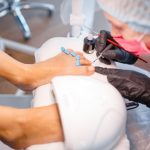




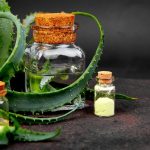
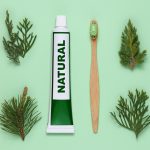


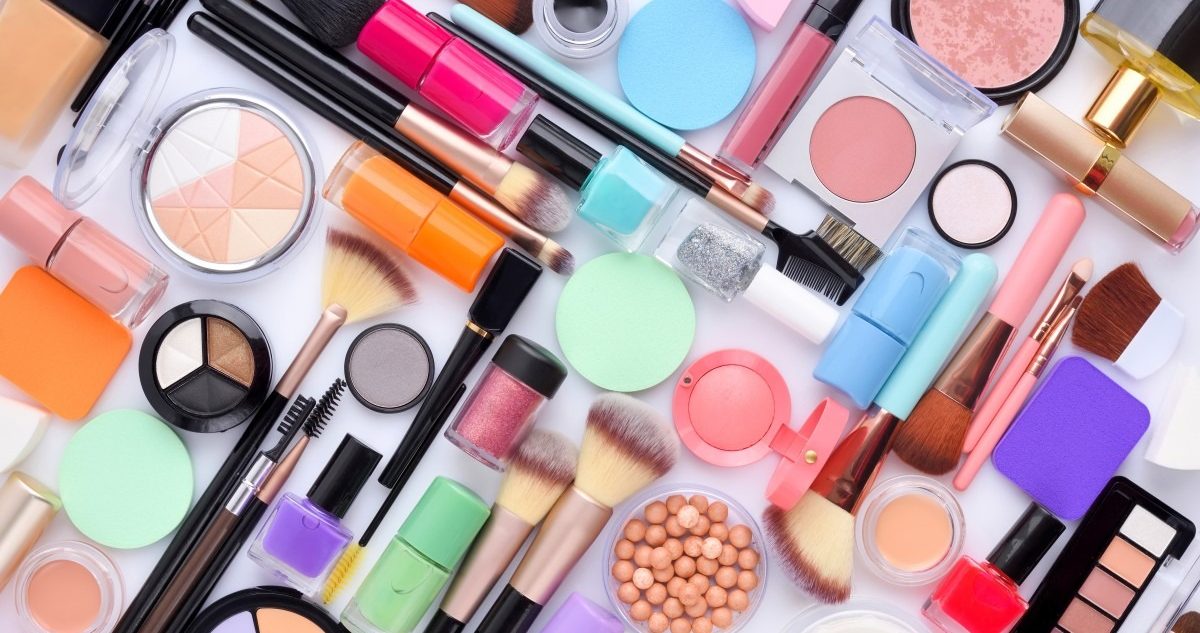









[…] Kredit: https://athomespaday.com/skincare-ingredients-to-avoid/ […]